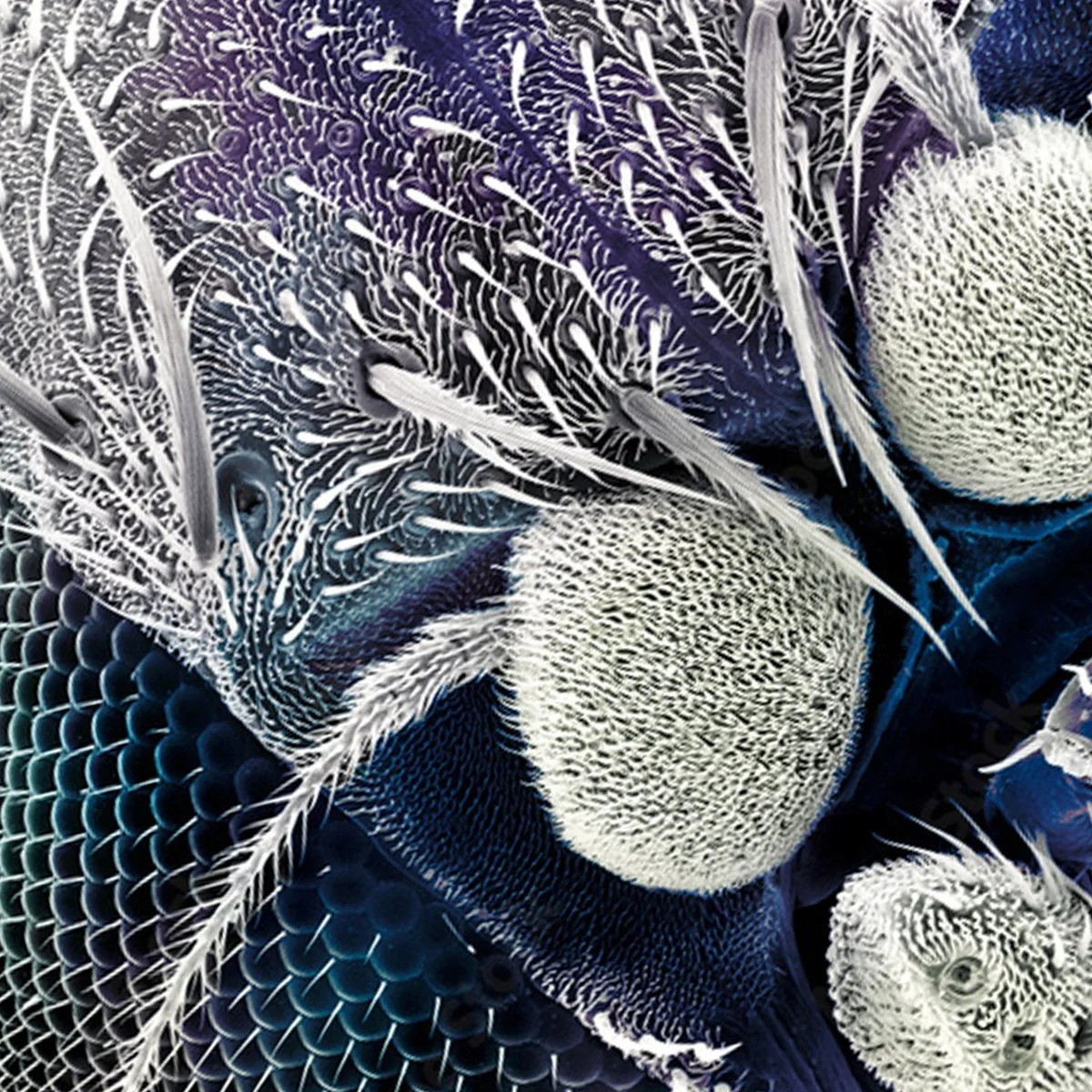Your lab uses the tissue culture hoods and fume hoods safely – but are they being operated efficiently? If it's time to reduce operational costs, its a good time to learn how our human minds operate – that is, through habits.
Energy efficient use of fume hoods and tissue culture hoods can be mastered. A traditional chemical safety fume hood can consume 3.5X more energy yearly than the average American house (1). These hoods also have a major impact on building air ducts and HVAC heating and cooling systems. The best practice is to “shut the sash” unless your arms are inside the hood. Tissue culture hoods should also be closed with the blowers turned off, when not in use. Mechanically, it only takes 15 minutes of the blower running for the hood to be ready to use again. At the very least, less energy is used while maintaining laminar flow, by simply closing the glass shield when not in use. Here is a good video demonstrating proper hood use.
http://www.jove.com/science-education/5036/an-introduction-to-working-in-the-hood
Patilee Tate works under the tissue-culture hood, source: Clemson.edu
Just being informed about how to save energy isn't necessarily enough to change lab wide habits. The NYT bestselling book The Power of Habit by Charles Duhigg, is a fun read that explains how people and institutions succeed at changing habits. Here's a quick overview:
At the base of the human brain lies the basal ganglia. This structure automates behavioral habits without our conscious effort. The basics of a habit loop are as follows:
- ID the cue
- Perform the behavior
- Behavior is reinforced by a reward.
The cue that green lab initiatives use is often a prominent hood sticker. Here is an example of a fume hood sticker available from UCDavis Repro Graphics. This type of sticker has been reported as highly successful cue in case studies, by the US Dept. of Energy.
http://repro-ecommerce.ucdavis.edu/other/fume-hood-stickers.html
Establishing a new habit requires a reward. This reward should set us up to crave it. A good example from the book about craving rewards is how tooth brushing did not catch on until an irritant was added to toothpaste. People craved the cooling sensation in the mouth. Hoods are equipped with low air flow and high sash alarms. When you hear that sound you act quickly to stop it. But there is no signal to remind us to manually close the hood. There isn't an “energy alarm”. Shut the Sash programs at universities often employ ongoing competitions that reward winners with praise/bragging rights, and perks like a catered lunch party or even cash. These are great long term rewards. Instant gratification even more strongly promotes the establishing of a new behavior. You can instantly reward yourself by making a habit of thinking a self praise phrase, as you shut the sash ...“more safe, less energy”.
To become Labconscious about your habits at the hoop prompt your basal ganglia with; cue, behavior and reward(!!)
1. Energy Use and Savings Potential for Laboratory Fume Hoods, by Evan Mills and Dale Sartor, Lawrence Berkeley National Laboratory, 2006.
.













MIT uses a state-of-the-art platform for redistributing lab surplus and a top-notch lab plastic recycling program. MIT research is also at the center of a renewable energy source being deployed to green the grid. It may sound far-fetched, but your future lab could be powered by fuel from seawater.